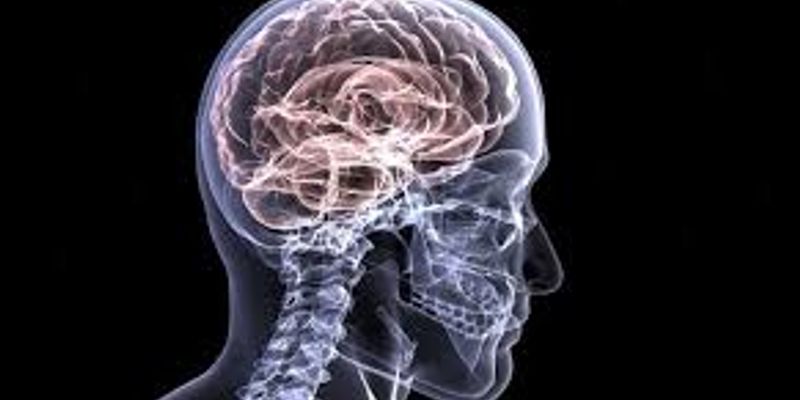Medical Imaging
Medical imaging: is the process of creating visual representations of the interior of the body for medical intervention and clinical analysis. Medical imaging is a visual representation of the function of some organs and tissues.
-
The NIH BRAIN initiative, informed by the report from the scientific community (BRAIN 2025) is underway. The major funded efforts at this time fit into 3 main categories; 1) defining the comp...
MAR 19, 2015 | 3:00 PM
DARPA’s investments aim to leverage brain-function research to alleviate the burden of illness and injury and provide novel, neurotechnology-based capabilities for military personnel an...
MAR 19, 2015 | 12:00 PM
There is growing interest internationally in elucidating the clinical and biological profile of those at high genetic risk to bipolar disorder (BD) so as to enable the development of targeted...
Speaker:
Philip Mitchell AM, MB BS (Hons I), MD, FRANZCP, FRCPsych
Presented at: Neuroscience Virtual Event Series 2015
Since the discovery and maturing of in vitro techniques that characterized neurotransmitter receptor systems in animal and human brain and subsequent development of in vitro and in vivo autor...
Impulsivity can be defined as the tendency to act prematurely without foresight. Behavioural and neurobiological analysis of this construct, based on evidence from both animal and human studi...
Speaker:
Trevor Robbins, CBE FRS FMedSci FBPsS
Presented at: Neuroscience Virtual Event Series 2015
MAR 19, 2015 | 6:00 AM
This presentation will include both preclinical and small clinical studies with details on mechanism of action, safety and efficacy of a candidate drug that has the capability of alleviating...
At the cellular and molecular levels of operation, neurons and their circuits achieve brain functions by chemical signals, in which the principle agents, neurotransmitters convey the signal f...
The hippocampal formation is one of the most extensively studied regions of the brain, with well described anatomy and basic physiology; moreover, aspects of human memory mediated by hippocam...
MAR 18, 2015 | 9:00 AM
The Brain Research through Advancing Innovative Neurotechnologies (BRAIN) Initiative has the ambitious goal of elucidating how neuronal ensembles interactively encode higher brain processes....
FEB 05, 2015 | 10:30 AM
C.E. CREDITS
In the context of an experimental project requiring surgical preparation of animals, training is not only required for technicians lacking a strong surgical background but also for more exper...
Speaker:
Delphine Bouard DVM, Dip Vet LAS
Presented at: Laboratory Animal Sciences Virtual Event Series 2015
FEB 05, 2015 | 9:00 AM
C.E. CREDITS
Recent advances in anesthesia, monitoring, pain assessment and analgesia provide many opportunities for improving the quality of our in vivo scientific data, and promoting high standards of a...
Speaker:
Paul Flecknell, MA, VetMB, PhD, DLAS, DECVAA, DECLAM, (Hon)DACLAM, (Hon) FRCVS, Dr.hc
Presented at: Laboratory Animal Sciences Virtual Event Series 2015
An anesthesia system designed to accommodate the physiological characteristics of small animals, including rats and mice, has the potential to provide great practical value to the life scienc...
The field of surgical research has been growing rapidly with the development of new surgical and disease models. An extremely important and often overlooked aspect of creating these models is...
Speaker:
Szczepan Baran, VMD, MS
Presented at: Laboratory Animal Sciences Virtual Event Series 2015
FEB 04, 2015 | 12:00 PM
C.E. CREDITS
In Chile, the regulatory context regarding animal use in research is very poor. A legal framework for Animal Care and Use Committees is practically nonexistent. Also, the chilean culture play...
It is the often-ignored simple tips in rodent surgery that make the difference and help minimize postoperative complications and mortality. The presenter will use his years of experience to...
Speaker:
Marcel Perret-Gentil, DVM, MS
Presented at: Laboratory Animal Sciences Virtual Event Series 2015
























